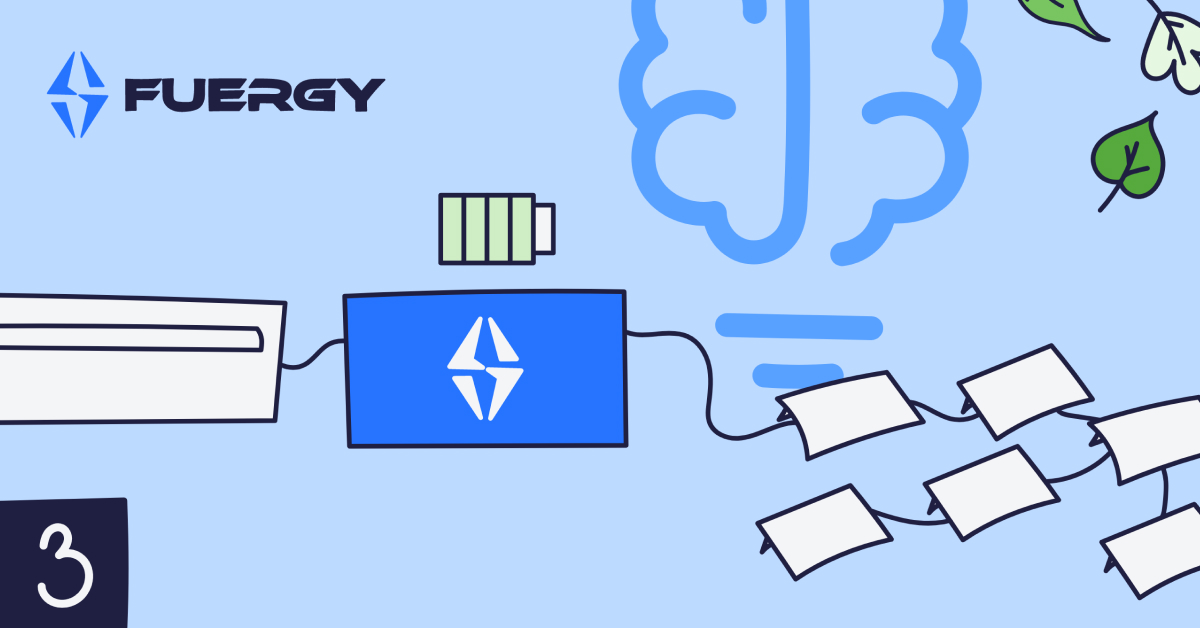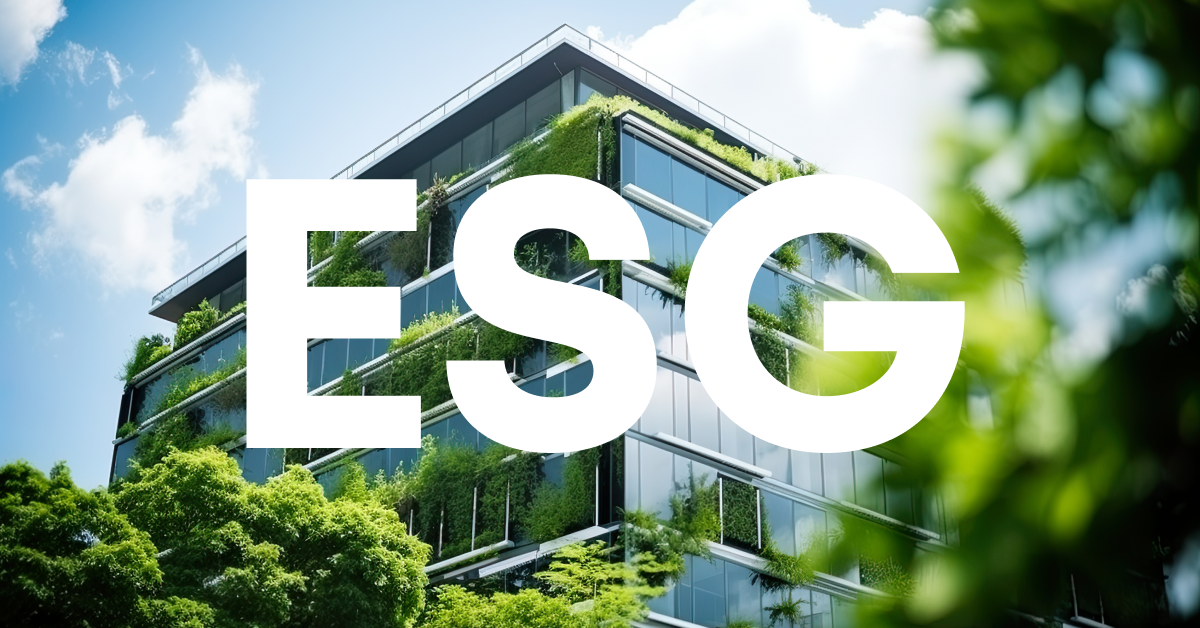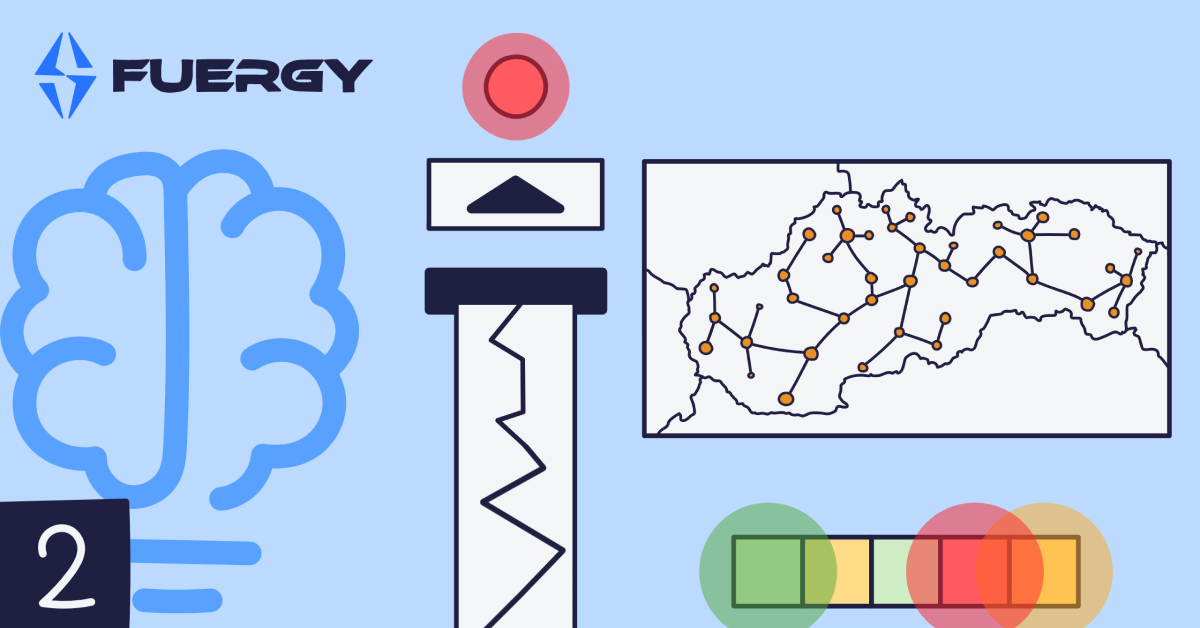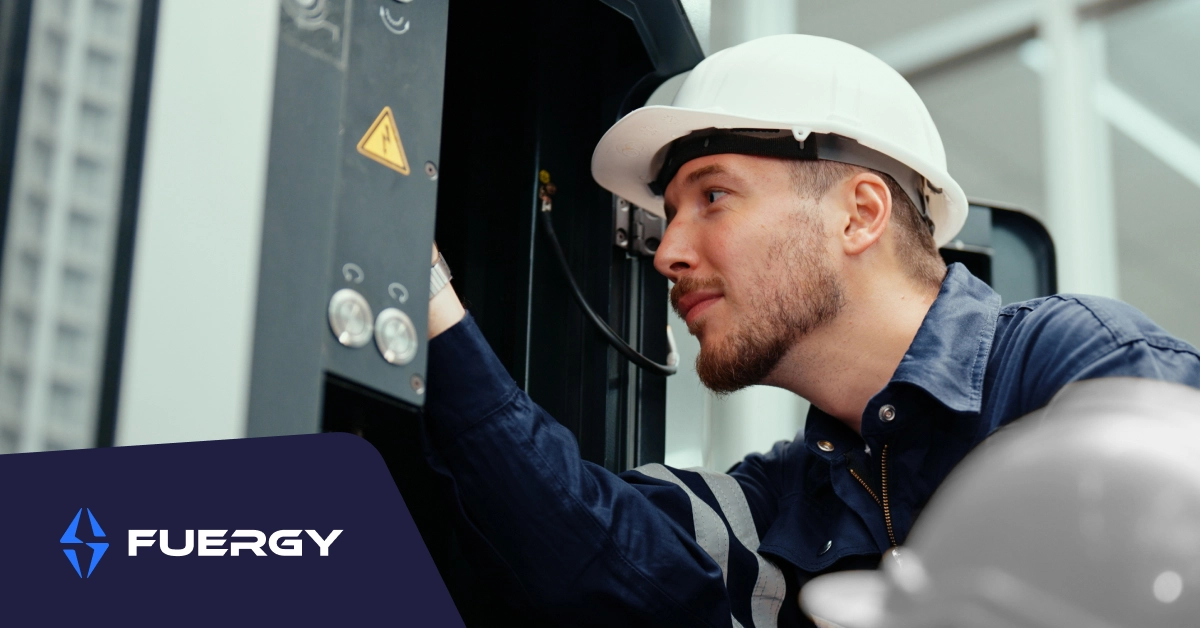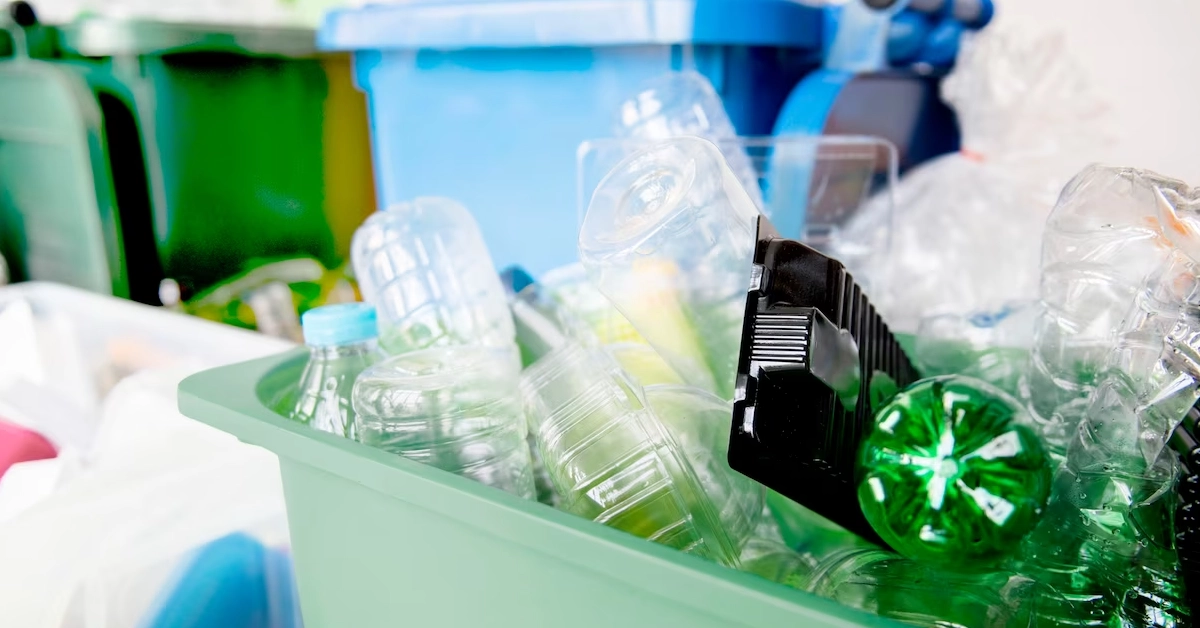
The process combines the pleasant with the useful - we get rid of waste and produce energy without high emissions. If managed correctly, this is a challenge that will leave a healthier place for future generations to live. So let's take a closer look at waste incineration and its energy use.
How does waste incineration take place?
Solar, wind, water and other ecologically friendly alternatives to classical energy production from fossil fuels are becoming increasingly popular. Electric cars, accumulators, such as the brAIn smart battery storage , or energy-adjustable appliances can all be considered further steps towards sustainability. However, we are currently facing a growing waste problem and there is a need to find sustainable ways of disposal. One method is to use waste for energy production.
The process of burning waste is similar to the process of burning fossil fuels. Rubbish is collected in a facility, either a classic incinerator or a waste energy recovery facility. The difference is that the first device simply burns waste, while the second converts it into energy. The incinerated waste inside comes into contact with oxygen and releases heat, which is then used to produce energy in the form of steam. The steam drives a turbine and generator to produce electricity.

Advantages of turning waste into energy
In addition to the production of electricity , the conversion of waste into energy has other advantages. The first is a reduction in the volume of waste. Incineration turns our rubbish into ash and residues, which take up much less space. This means that waste incineration can contribute to reducing the need for landfills. Landfills can not only contaminate underground and surface water, decomposing waste also produces greenhouse gasses such as methane and carbon dioxide, which escape uncontrollably into the atmosphere. By burning waste, such environmental disasters are prevented and at the same time, further usable material is created. Combustion residues can be used in the form of cinders, in construction for example, which means that the waste is used right away, twice.
Another advantage is the possibility of capturing greenhouse gas emissions using the right technologies. As with landfilling, burning waste also produces greenhouse gasses such as carbon dioxide and nitrogen dioxide, which we talked about in a past article. However, modern waste incinerators and facilities for energy utilization of waste are equipped with emission cleaning technologies that prevent harmful substances from escaping into the air and minimize the negative impact on the environment, and thus on our health.

Best solution? A combination of several approaches.
When incineration is combined with proper recycling and waste sorting, even better results can be achieved in the field of emission reduction, resource recovery and environmental protection. The combination of several approaches – recycling, composting, energy utilization of waste – is the key to a greener future for our planet. We can only hope that more and more countries will start to follow the great example set by those that regularly convert waste into energy.
At FUERGY, we do our best to safeguard the quality of life of future generations. That's why we invest our knowledge precisely into sustainable solutions. Thanks to our technologies, waste incineration can be as energy-efficient as possible, which is extremely important not only from an ecological point of view, but also from an economic point of view. If you want to add a helping hand, read our articles.
New dimension of energy optimization

